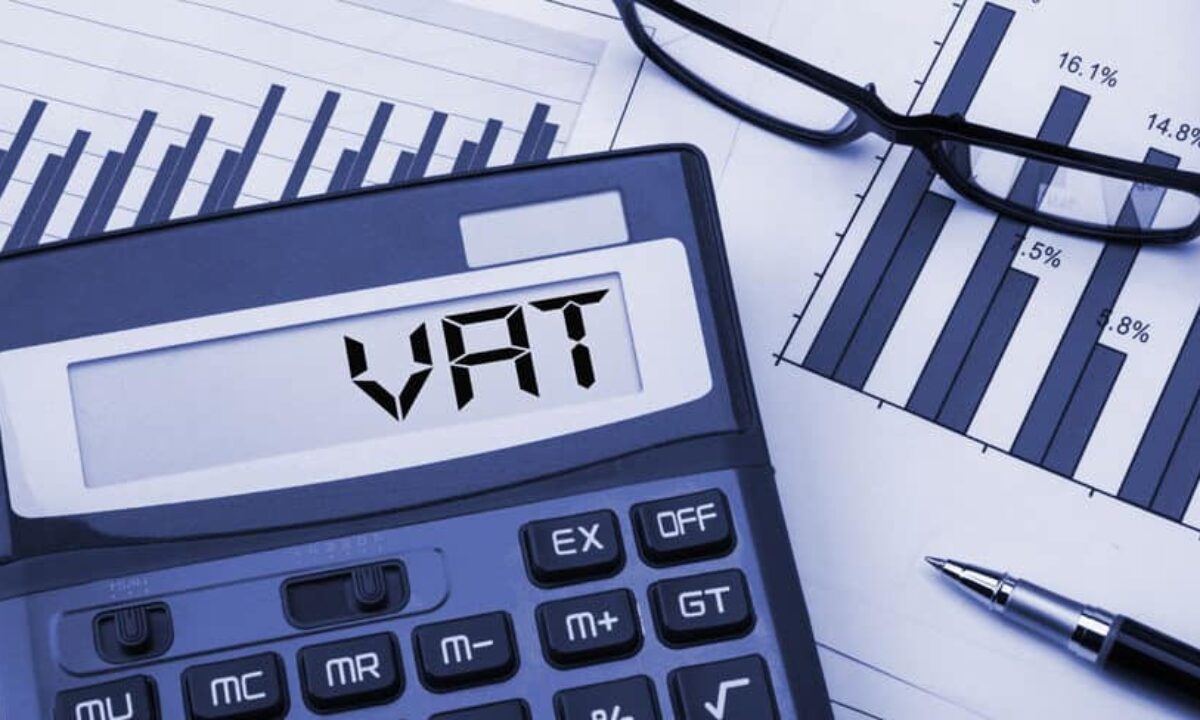Who needs to register for VAT?
Some businesses have to register for VAT, some aren’t allowed to, and others can choose.
-
Who must register for VAT: Businesses with an annual taxable turnover of more than £85,000. You may be fined if you don’t register.
-
Who is not allowed to register for VAT: Businesses that sell only VAT-exempt goods and services.
-
Who can choose to register for VAT: Businesses with an annual taxable turnover of less than £85,000.
Benefits of registering for VAT
Once you’re VAT registered, you don’t end up paying VAT on business expenses. You’ll still get charged the VAT-inclusive price when you make the purchase, but you can claim that money back when you file your return with HMRC.
What do I need to register?
To register, you need:
-
a National Insurance (NI) number or your tax identifier (Unique Taxpayer Reference – UTR)
-
details of other businesses you’ve owned within the past two years
-
your business bank account details
If you bought the business, you’ll need to supply records of the sale.
How to register for VAT
It’s easy to register for VAT on your own and it costs nothing. Your best bet is to do it online through the HMRC website. Start the registration process here.
Want to know how to register for VAT by post? You can download a form from this gov.uk page.
Choosing a VAT accounting scheme
Now you know the basics of how to register for VAT. But during the process, you’ll be asked to identify what VAT accounting scheme you’ll use. The accounting scheme is how HMRC calculates whether you owe VAT, or get a refund.
-
Most businesses must use standard VAT accounting: You record the VAT collected on each sale and the VAT paid on each purchase, then submit a VAT return to HMRC every quarter.
-
You may be able to use annual VAT accounting: Some businesses can submit a VAT return once a year, however they are still expected to pay quarterly. Those quarterly payments are based on your last return, or an estimate.
-
You may be able to join a flat-rate scheme: Certain smaller businesses can skip all the VAT accounting and simply pay a percentage of their turnover as VAT.
-
You may be able to use a cash accounting scheme: Under cash basis accounting, you’re assumed to have collected or paid VAT when money changes hands. Under all the other schemes, you’re assumed to have collected or paid VAT as soon as an invoice is raised.
Once you’re registered for VAT
After VAT registration you need to:
-
add VAT to your prices
-
issue VAT invoices to your customers
-
file VAT returns and pay any VAT due to HMRC
-
keep digital VAT records and a VAT account
Why do I need to keep digital records?
If you’ve signed up for Making Tax Digital for VAT (which all VAT registered businesses need to do by April 2022), the records you must keep are the same as any VAT-registered business. The difference is that you’ll need to keep some of them digitally.
It’s important that you comply with Making Tax Digital. HMRC can visit your business to inspect your record keeping and charge you a penalty if your records are not in order.
How do I keep digital records?
VAT-registered businesses must:
-
keep records of sales and purchases
-
keep a separate summary of VAT (called a VAT account)
-
issue correct VAT invoices
The records must be:
-
kept for at least 6 years (or 10 years if you used the VAT MOSS service)
-
accurate, complete, and readable

